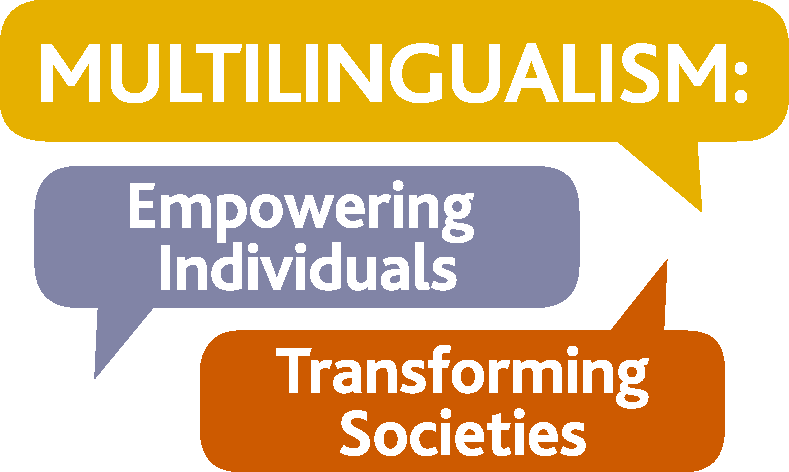Yesterday I was listening in on a toddler trying to get to grips with prepositions, the short words we use in our languages to describe where an object is: in, out, on, under. You would think it is quite straightforward to learn those words. They have only a few letters and are very frequently used in the language. But is it really that easy?
Linguists have tried to describe when in versus on are used and propose that in expresses the situation in which an object is contained in another object. And on is thought to express situations in which an object is supported from below. Works quite well, one would think. Blocks go in a box, the apple is in the fridge, and the doll is on the table. But if you think about this just a bit longer, you will find that things are not this straightforward. What about the spider walking on the ceiling, the ring on one’s finger, or walking in the street?
One could argue, of course, that some of these examples are maybe “exceptions” to the “rules” as described above. But any English speaker can very easily come up with such supposed “exceptions” indicating they are very frequent. So how DOES the child learn to use prepositions (and the meaning and use of any other words in its language for that matter)? In the seventies it was believed that children, through play, formed the underlying concepts such as containment or support, and would then “look for” an appropriate word in their language to match it with. If that is how language learning works, we could expect children all over the world to start “looking for” expressions of in and on around the same time, as we know that certain play situations and interests in children are similar, irrespective of where they live. For example, they will all go through a phase in which they love to tip things out of boxes, and then put them all back in again (well, the putting back in might come a bit later….). And indeed, Johnston and Slobin in 1979 in a study across five languages, found that in was the first spatial situation expressed in all five languages and that expression of other situations followed in similar orders.
In more recent times, however, we have increased the number of languages researched, and have found that diversity across languages is huge, with some languages not even expressing anything equivalent to containment. Korean, for example, expresses tight- and loose-fittednes but nothing equivalent to in or on. And the Spanish might use en for all situations described above (including English in and on situations), whereas the Dutch have three prepositions for English on (aan, om and op). Starting with the concepts such as containment and support will therefore not work for the Korean child, or the Spanish child, and even the Dutch child needs some more information than just “support” to learn the prepositions connected to that concept. And children of all languages were found to show the trends of their mother tongue, more than looking like each other when they first start.
But to return to the title of this text, does that mean that language is difficult? Fortunately, not for children. They all pick up these language-specific ways of expressing location very early and will understand the prepositions of their languages by the age of four. For those of us trying to learn a foreign language, however, it may require some adapting from one to another system.
Note: comments are moderated before publication. The views expressed in the comments are those of our users and do not necessarily reflect the views of the MEITS Project or its associated partners.







